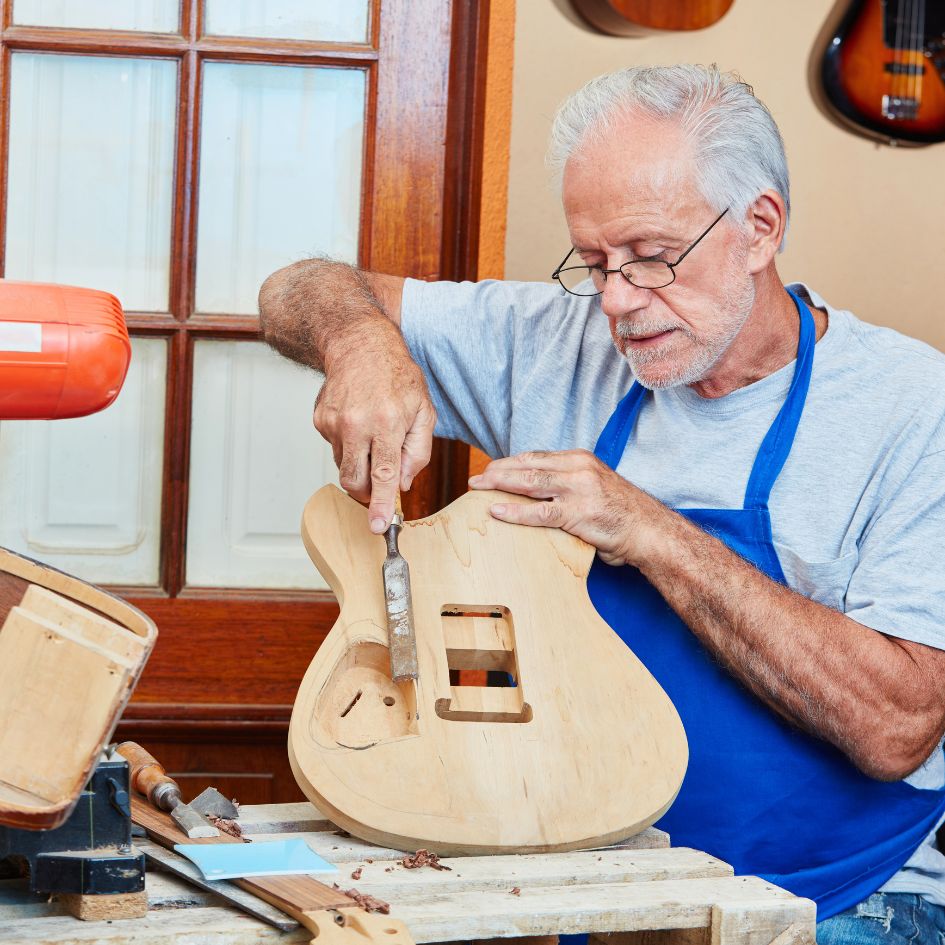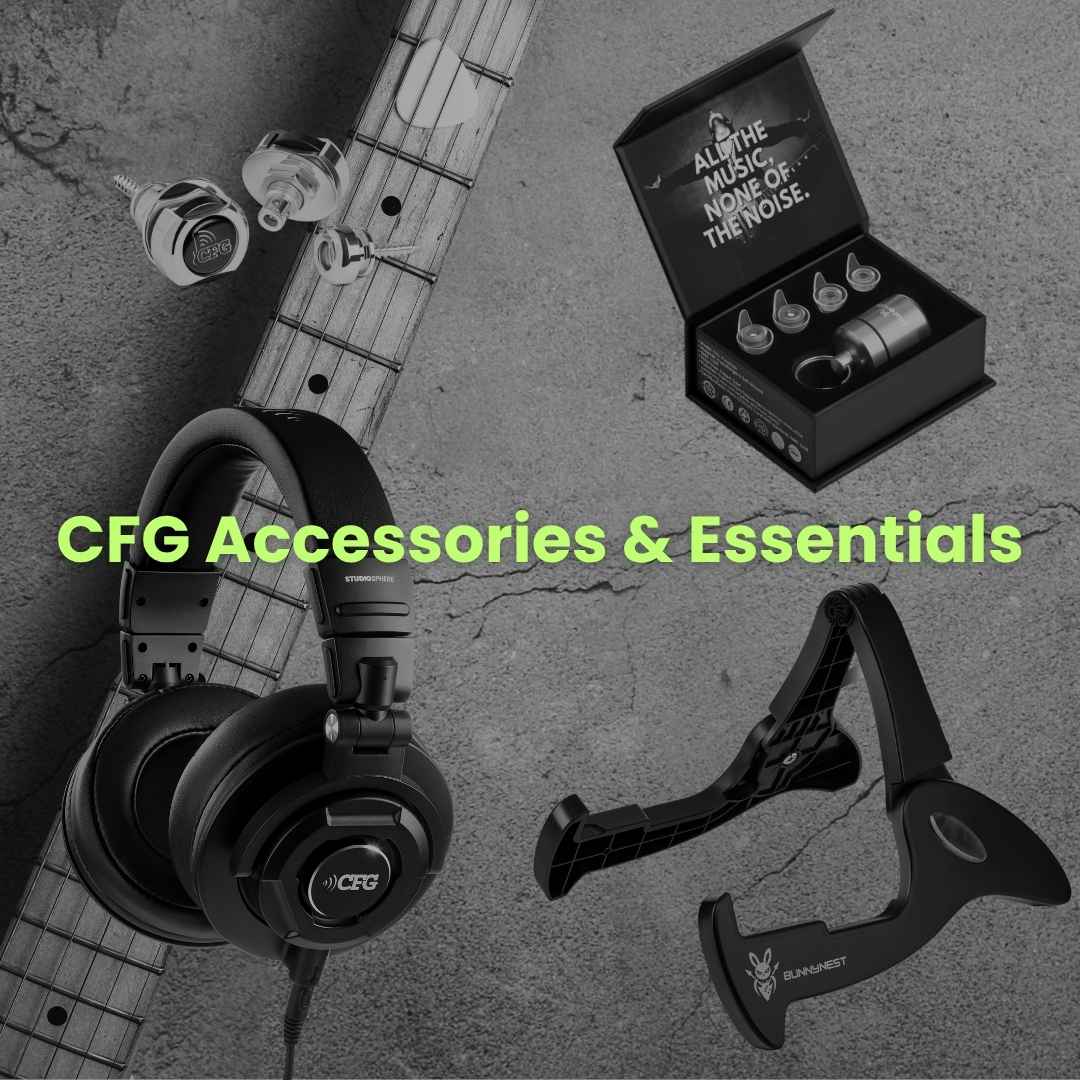When it comes to crafting guitars and basses, the type of wood used for the body, neck, and fingerboard plays a crucial role in defining the instrument's sound, feel, and weight. Let’s dive into some of the most common types of woods used in these instruments, their characteristics, and how they impact the overall performance and player experience.
Body Woods
Alder: Widely used by Fender, especially for models like the Stratocaster and Telecaster, alder is known for its balanced tone and good resonance. It offers a clean, full-bodied sound with rich midrange, making it ideal for various musical styles.

Ash: Often chosen for its aesthetic appeal and tonal qualities, ash provides a bright and punchy sound with good sustain. Swamp ash, in particular, is favored for its lighter weight and strong resonance, enhancing the instrument's projection.

Mahogany: Renowned for its warm, rich sound, mahogany is a staple in many high-end electric guitars like the Gibson Les Paul. It contributes to a thick, resonant tone with excellent sustain but is relatively heavy, which can impact the instrument's playability over long periods.

Maple: Typically used for necks and tops rather than whole bodies, maple offers a bright, articulate tone with strong upper midrange presence. It’s also known for its visual appeal, especially in flamed or quilted varieties.

Basswood: Popular in rock guitars, basswood is appreciated for its balanced sound and lightweight properties. It’s often used in guitars with complex electronics and tremolo systems due to its ability to counteract high-frequency harshness.

Koa: This rare wood, used mostly for acoustic guitars, combines the warmth of mahogany with a bright, crisp top end. Its stunning grain patterns also make it a visually appealing choice.

Neck Woods
Maple: A common choice for necks due to its strength and stability. Maple necks contribute to a bright, clear sound with excellent note definition and sustain. They are used extensively by brands like Fender.

Mahogany: Provides a warmer tone with good resonance and sustain. Mahogany necks are often paired with a rosewood fingerboard for a balanced tonal output.

Walnut: Although less common, walnut necks offer a unique tonal character that blends the warmth of mahogany with a bit more brightness and clarity. However, they are heavier, which can affect the instrument's balance and playability.

Fingerboard Woods
Rosewood: Known for its warm, rich tone, rosewood fingerboards are smooth under the fingers and provide a sweet, rounded sound. They have been a favorite for many guitarists over the decades, though recent regulations have limited its use due to environmental concerns.

Ebony: This hard, dense wood offers a smooth, fast-playing surface and contributes to a bright, articulate sound with excellent sustain. Ebony fingerboards are highly durable and often found on high-end instruments.

Maple: Adds a bright, snappy tone with great clarity. Maple fingerboards are common on many electric guitars and basses, providing a smooth, responsive playing surface.

Weight Considerations
The type of wood not only affects the sound but also the weight of the instrument. Mahogany and walnut, while providing excellent tonal qualities, are quite heavy and can be tiring to play over long sessions. Lighter woods like alder and swamp ash help keep the instrument manageable in terms of weight, making them more comfortable for extended use.
Conclusion
Selecting the right wood for a guitar or bass is a deeply personal choice that depends on the desired sound, weight, and playing comfort. While there is no definitive "best" wood, understanding the characteristics of each type can help players and builders make informed decisions. For those who find their instruments too heavy, solutions like the Zero-Gravity guitar and bass straps can significantly improve comfort without compromising on the quality of performance.For more on our Zero-Gravity straps and how they can enhance your playing experience, check out our product page here.






